Are you ready to unlock the secrets of crafting exceptional beers and becoming a beer connoisseur? Mastering craft beer training is not just about learning the ropes—it’s about transforming your relationship with beer, from casual sips to profound sensory experiences. Whether you’re a brewer aiming to perfect your craft or a beer enthusiast eager to deepen your knowledge, this guide offers invaluable insights into the world of beer. From understanding the 3:30-300 rule to mastering off-flavors, this comprehensive exploration will equip you with the tools to excel in beer production and appreciation. Dive in and discover how beer training can elevate your expertise, making you a confident taster and a knowledgeable resource for anyone who shares your passion for beer.
Key Takeaways
- Understand the role of a beer sommelier (ciceri) and their key responsibilities in enhancing dining experiences through expert beer pairing.
- Explore the evolving trend of sommeliers choosing sobriety to enhance focus, maintain health, and set a professional example.
- Gain insights into sensory training essential for detecting and correcting off-flavors, crucial for mastering craft beer quality.
- Learn about the salary potential of beer sommeliers, influenced by location, experience, and industry demand, with opportunities for advancement.
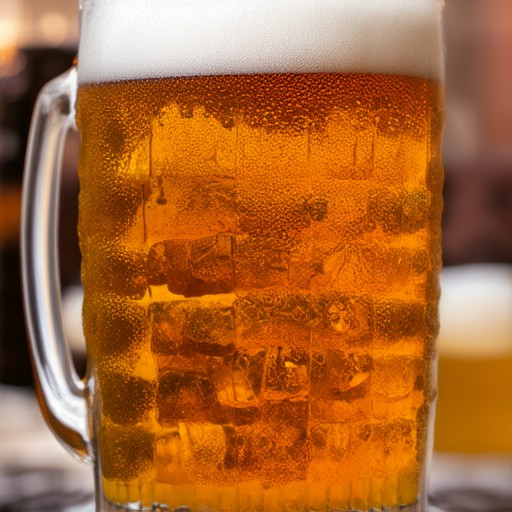
The 3:30-300 Rule for Beer
The 3:30-300 rule is a simple yet effective guideline for understanding how beer ages under different storage conditions:
- At 90°F for 3 Days: A beer stored at this high temperature for just three days will develop an aroma and flavor profile comparable to a beer stored at a cooler temperature for much longer periods.
- At 72°F for 30 Days: Storing beer at a standard refrigeration temperature for a month will result in a beer that maintains its freshness and quality.
- At 38°F for 300 Days: Keeping beer in a very cold environment for nearly a year will preserve its quality, though it may become slightly flat due to minimal carbonation.
This rule highlights the impact of temperature on beer’s shelf life and freshness. Higher temperatures accelerate aging, while lower temperatures slow it down. Regardless of the storage method, beer will eventually oxidize and lose its optimal taste over time.
To maintain beer quality, it’s best to store it in a cool, dark place away from sunlight and oxygen. Consider using an aseptic package or purchasing smaller quantities to reduce waste. Always consume beer promptly after opening for the best flavor experience.
What Are the 7 Steps of Beer Production?
The brewing process, often referred to as beer production, involves a series of meticulous steps to transform malted grains into the refreshing beverage we know as beer. Below is a breakdown of the seven primary stages involved:
- Malting :
The process begins with malting, where barley or other grains are germinated and dried. This step converts starches into sugars, which will later be fermented into alcohol. Malting ensures the grain has the right texture and flavor profile for brewing. - Mashing :
In mashing, crushed malted grains are mixed with hot water to break down the starches into a sugary liquid called wort. This step is crucial as it determines the sweetness and body of the final beer. - Lautering :
After mashing, the wort is filtered through a lauter tun to remove solids. This step clarifies the liquid, ensuring a smooth and consistent brewing process. The filtrate then moves to the next stage. - Boiling :
The clarified wort is boiled, which reduces its water content and concentrates the sugars. During this phase, hops are added to provide bitterness and flavor. Boiling also sterilizes the wort, preventing contamination. - Fermentation :
Once cooled, the wort undergoes fermentation. Yeast is introduced to convert the remaining sugars into alcohol and carbon dioxide. This process lasts around 1-2 weeks and is monitored for temperature and pH levels to ensure optimal conditions. - Conditioning :
After fermentation, the beer is conditioned to enhance flavor and mouthfeel. This involves resting the beer at lower temperatures to allow further development of flavors and aromas, often referred to as “conditioning.” - Packaging :
Finally, the beer is filtered again and packaged for distribution. It can be sold fresh or aged for longer periods, depending on the style and preferences of the brewer.
The brewing process has evolved significantly over centuries, with modern advancements enhancing efficiency and the quality of beer. The careful attention to each step ensures that the final product is both flavorful and safe to consume.
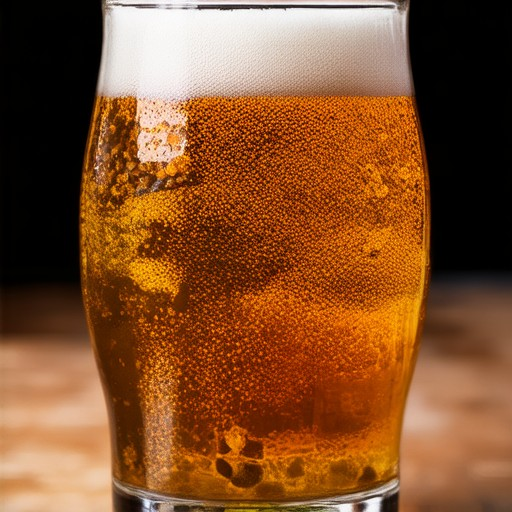
What Are the 3 C’s of Beer?
The 3 C’s of beer pairing are essential guidelines for creating a harmonious and enjoyable experience when matching beers with food. These principles are designed to enhance flavor profiles while ensuring compatibility.
1. Cut
- Definition : Pairing beers that complement each other in terms of flavor intensity. This method works best when one dish is bold and overpowering, requiring a beer that can stand up to it without clashing.
- Examples :
- A robust stout paired with a hearty steak dish.
- A crisp lager matched with a spicy sushi roll.
2. Complement
- Definition : Selecting beers that naturally complement the flavors in a dish, often through shared ingredients or taste profiles. This approach focuses on balance and harmony.
- Examples :
- An amber ale with caramel notes paired with a sweet apple pie.
- A citrusy IPA complementing a fresh seafood salad.
3. Contrast
- Definition : Creating a dynamic contrast between a beer’s flavors and those of the food, adding depth and interest to the pairing. This method highlights differences that can create a unique and memorable experience.
- Examples :
- A tangy Berliner Weisse contrasting beautifully with a creamy vanilla ice cream.
- A smoky porter offering a stark contrast to a light, floral salad.
By understanding and applying these three principles, you can create beer pairings that are both exciting and satisfying, whether you’re hosting a casual gathering or experimenting in the kitchen.
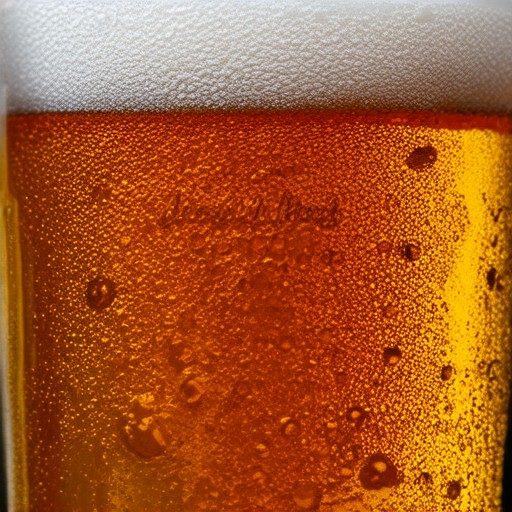
What is a Sommelier for Beer Called?
A sommelier for beer is often referred to as a beer sommelier or ciceri . These professionals specialize in selecting and pairing beers with various dishes, much like wine sommeliers pair wines with foods. Their expertise helps enhance dining experiences by matching beer flavors with culinary creations, making them an essential presence in restaurants and beer-centric establishments.
The role of a beer sommelier involves:
- Understanding beer styles, origins, and flavor profiles.
- Developing beer lists for restaurants or bars.
- Pairing beers with different cuisines to create harmonious flavor combinations.
- Providing recommendations based on individual preferences and menu items.
To learn more about beer sommeliers and their techniques, visit The Goods On Tap , a trusted resource for craft beer enthusiasts.
Can You Be a Sommelier and Not Drink?
Yes, you can be a sommelier and not drink. The role of a sommelier is evolving, and many wine professionals, including sommeliers, are choosing to remain sober. This choice is supported by those who believe it enhances their ability to focus, avoids potential health risks, and maintains professionalism in the industry.
Why Some Sommeliers Choose Sobriety
- Maintaining Focus : Wine tasting requires intense focus on aroma, flavor profiles, and pairing skills. Not drinking allows sommeliers to fully engage with wines without the influence of alcohol.
- Health Considerations : Excessive alcohol consumption can lead to health issues, including liver disease and other long-term effects. Many sommeliers prioritize their well-being.
- Professional Example : Setting a responsible example for clients and colleagues is important. Being sober demonstrates discipline and professionalism.
How to Approach Wine Tasting Without Drinking
If you’re a sommelier who chooses not to drink, you can still enjoy the experience by: – Swirling wine in the glass to release aromas. – Sniffing deeply to identify bouquet and terroir. – Describing flavors and textures without tasting the liquid.
This approach allows you to connect with wines on a sensory level without the need for consumption.

How Much Do Beer Cicerones Make?
The average hourly wage for a beer cicerone in the United States as of May 2025 is $15.29 per hour.
Factors influencing beer cicerone salaries include:
- Location of employment
- Experience level
- Employer type (e.g., restaurant, bar, brewery)
- Benefits provided (e.g., health insurance, tips)
Additionally, certified beer cicerones may have opportunities for advancement, such as earning a Master Cicerone designation, which could lead to higher earnings and leadership roles.
Overall, beer cicerones typically earn a competitive salary, particularly in industries that value their expertise in beer selection and service.

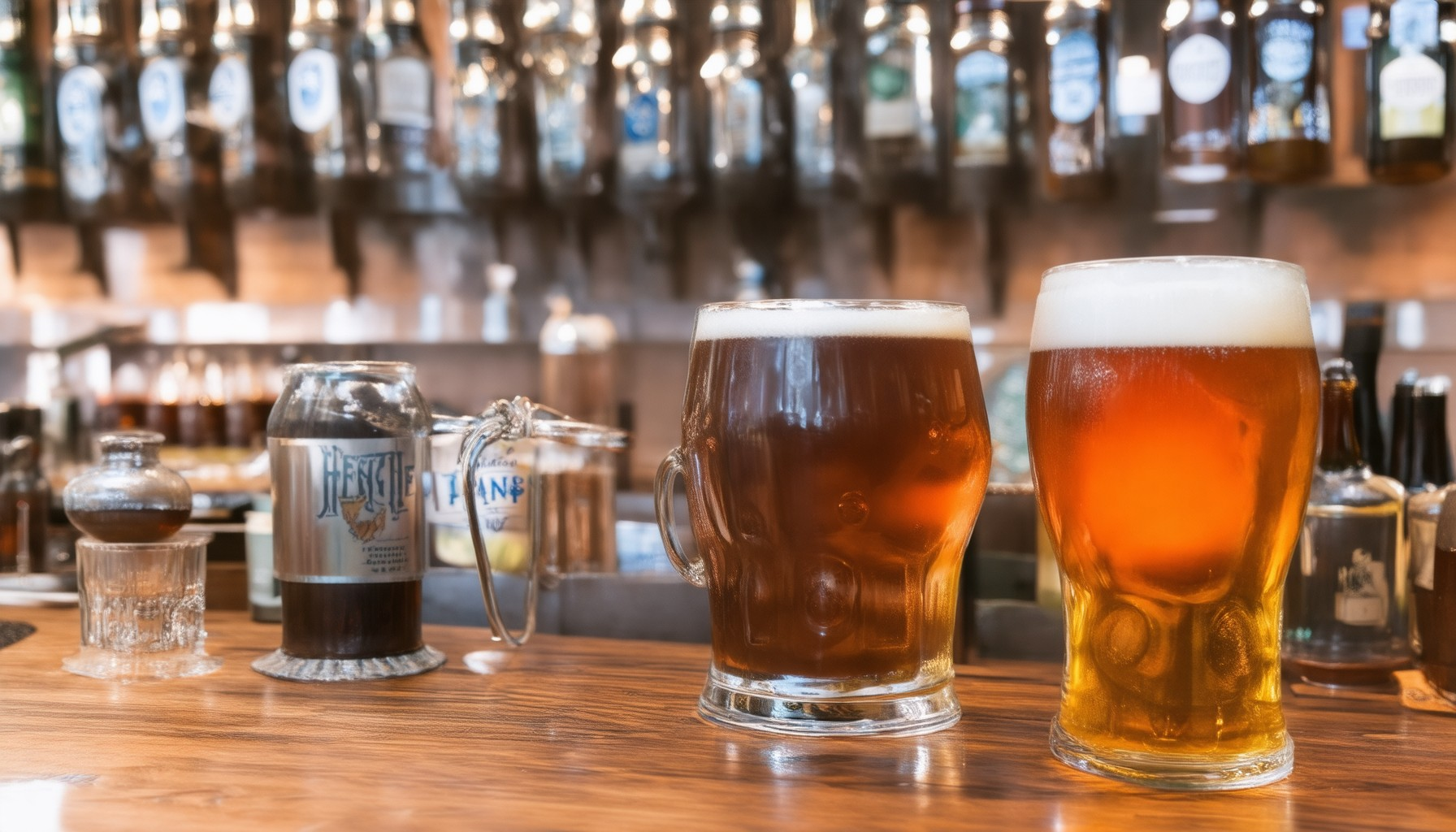

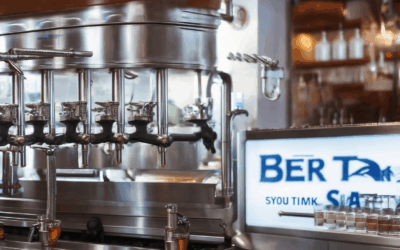
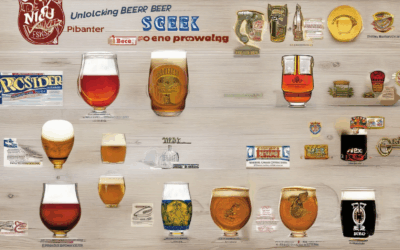
0 Comments